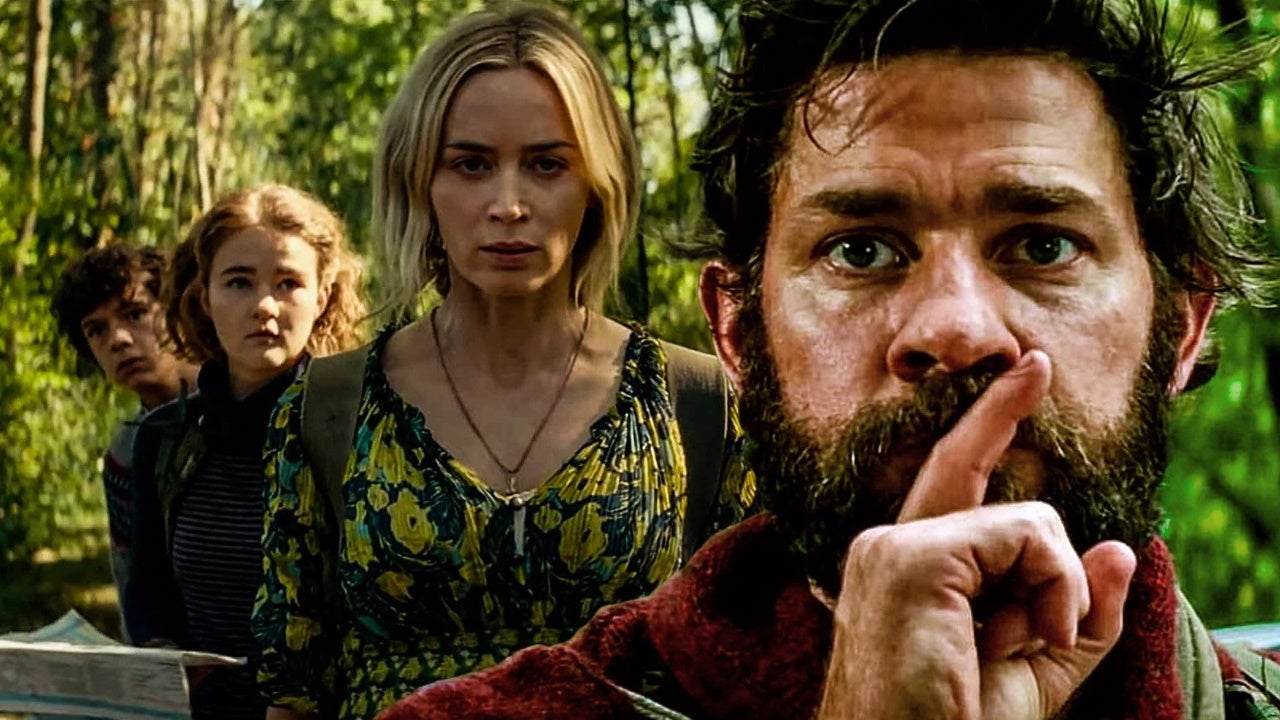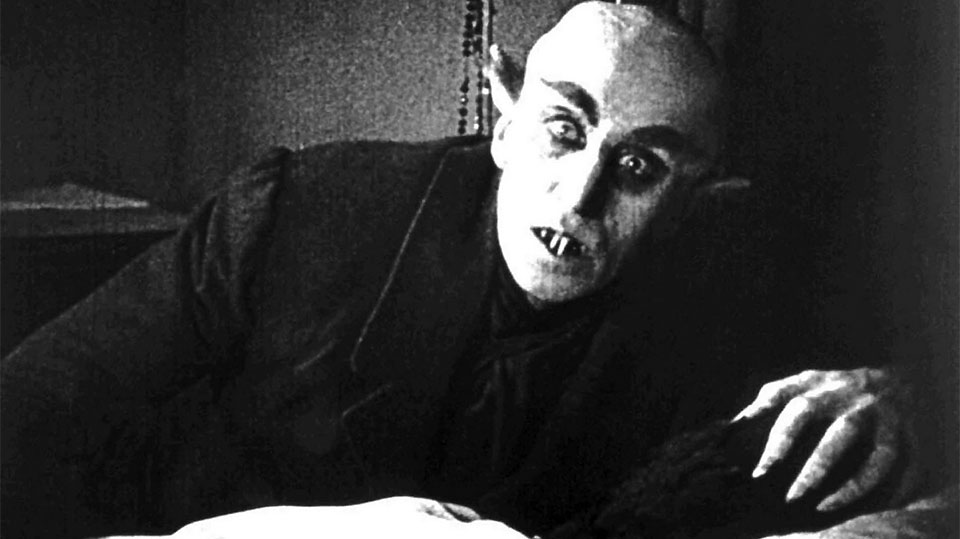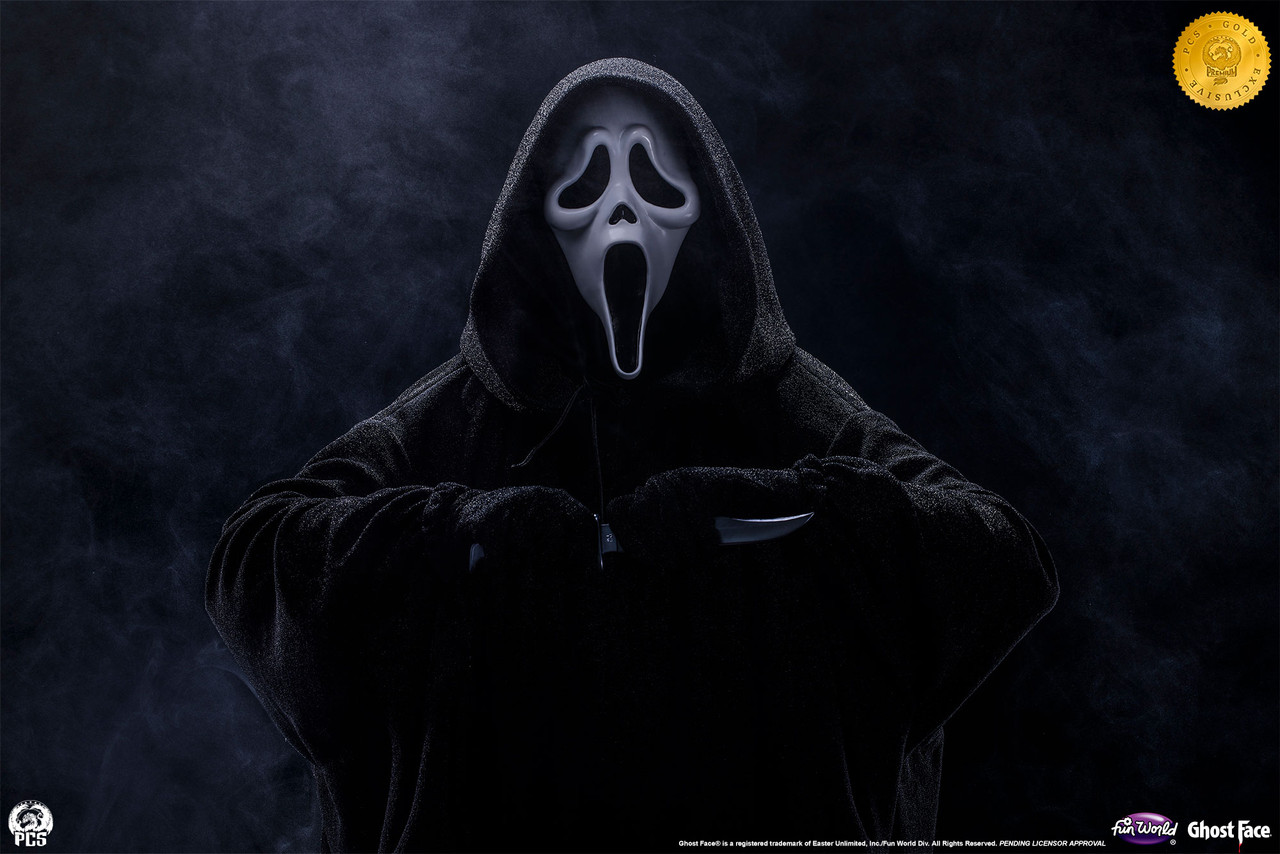The horror genre has offered various narratives that delve into the complexities of human relationships, but few have done it as effectively as John Krasinski’s “A Quiet Place.” At its core, the film addresses family dynamics, exploring the lengths to which family members will go to protect one another in a terrifying world filled with unimaginable threats. This exploration of familial bonds amidst chaos elevates the film beyond conventional horror, making it a poignant reflection on love, sacrifice, and the human spirit in times of crisis.
Unwavering Bonds in Silence
“A Quiet Place” presents a world where sound is deadly; creatures hunt by sound, enforcing a profound silence upon the remaining survivors. This environment dramatically alters family dynamics, forcing the Abbott family to communicate without words. The parents, Lee and Evelyn, epitomize unconditional love and dedication to their children, navigating the nuances of survival while also ensuring their children maintain their humanity. This approach resonates with audiences, as it emphasizes that the family bond can withstand even the most horrific circumstances.
The Weight of Responsibility
The film also underscores the weight of parental responsibility. Lee’s character, played by Krasinski himself, embodies a father who feels an intrinsic duty to protect his family. His strategies for survival reveal a parent’s instinct to shield children from danger, even at the cost of their own safety. This theme resonates deeply with viewers, provoking thoughts about the sacrifices parents make in the name of love. The way family dynamics shift to accommodate this responsibility is expertly showcased, enhancing the emotional depth of the film’s narrative.
The Role of Communication
In “A Quiet Place,” communication goes beyond spoken words; it’s about understanding and emotional connection. The use of sign language highlights the necessity of non-verbal communication, showcasing how family members can convey feelings and support without saying a word. This aspect is crucial in reinforcing relationships in dire situations, illustrating that love and support exist in the simplest gestures. The film makes a striking argument that emotional connections can transcend conventional means of communication, a message that resonates with viewers in today’s fast-paced world.
Connecting Through “A Quiet Place store“
The emotional impact of “A Quiet Place” has also seen a surge in merchandise, further solidifying the cultural significance of the film. The “A Quiet Place store” has become a hub for fans eager to own a piece of the cinematic experience. From collectibles to clothing, fans connect with the film on multiple levels, showcasing how impactful its themes are. This convergence of merchandise and emotional resonance creates a community around shared experiences, extending the family theme beyond the screen and into the lives of audiences. Through this, it’s evident that the heart of the horror lies not just in the tension and the monsters, but in the familial connections that stand resilient against the odds.
Conclusion: A Reflection on Humanity
Overall, “A Quiet Place” transcends traditional horror by delving deep into the nuances of family dynamics in the face of external threats. The portrayal of love, sacrifice, and resilience showcases how families can navigate hardship together, even in silence. The importance of non-verbal communication, the weight of parental responsibility, and the emotional ties that bind family members are all encapsulated within this chilling narrative. As viewers exit the theater, they are left with a sense of contemplation on their own familial bonds, making “A Quiet Place” not just a horror film, but a profound reflection on humanity and the essence of family.







